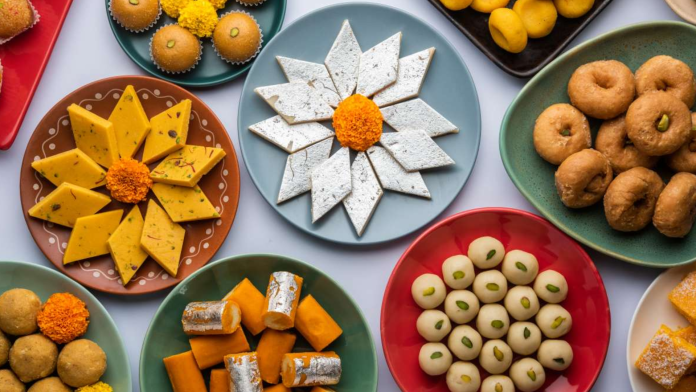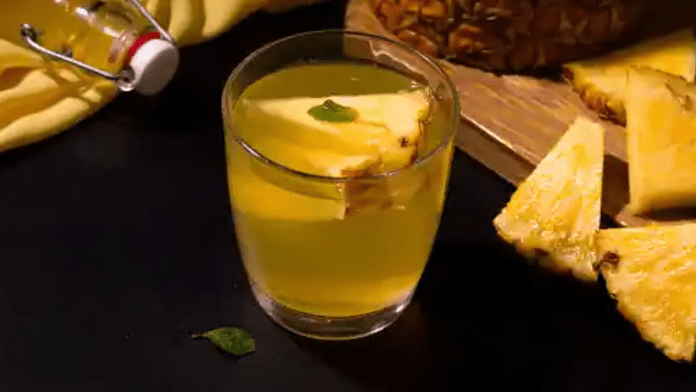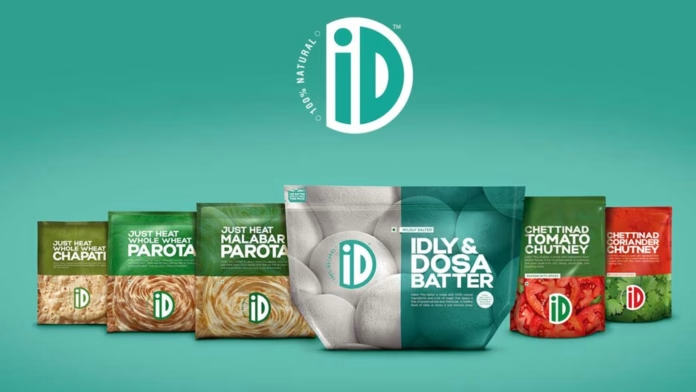Indian sweets are the perfect blend of rich flavors and sweet aromas. From the creamy texture of rasgullas to the nutty goodness of kaju katlis, Indian sweets are a delight for every taste bud.
Imagine biting into a soft, spongy rasgulla, with its delicate sweetness and subtle hints of cardamom and rose water. The syrupy goodness bursting in your mouth, leaving you with an irresistible craving for more.
Or perhaps you prefer the nutty crunch of kaju katli, with its blend of creamy cashews and silky smooth sugar, creating a perfect balance of flavors that is hard to resist. One bite and you’ll be transported to a world of pure indulgence.
With so many delectable options to choose from, it’s no wonder that Indian sweets are a favorite among sweet lovers all around the world. If you’re looking for something to indulge in this Friday, look no further than these top 10 pan-Indian sweet outlets. From traditional sweets to modern twists, there’s something for every taste bud on this list.
- Haldirams:
Haldirams is a household name when it comes to Indian sweets. With outlets across the country, they offer a wide range of traditional sweets like laddoos, pedas, and barfis, as well as fusion sweets like chocolate sandesh and kaju katli.
- Bombay Sweet Shop:
The Bombay Sweet Shop is known for their unique twists on traditional sweets. Their mishti doi cheesecake and rose-flavored gulab jamuns are not to be missed.
- Khoya Mithai:
Khoya Mithai is a Delhi-based sweet outlet that specializes in traditional Indian sweets. Their rasgullas, kaju katli, and pedas are some of the best in the country.
- Sindhi Sweets:
Sindhi Sweets is a Punjab-based sweet outlet that is known for their delicious rasgullas and gulab jamuns. They also offer a variety of other sweets like barfis, laddoos, and pedas.
- NOTO:
NOTO is a modern sweet outlet that offers unique sweets like chocolate pedas and paan-flavored laddoos. They also have a variety of fusion sweets like rose and pistachio barfis.
- Gurchini:
Gurchini is a Kolkata-based sweet outlet that specializes in traditional Bengali sweets like rasgullas and sandesh. They also offer a variety of other sweets like laddoos and barfis.
- Kesar Sweets:
Kesar Sweets is a Jaipur-based sweet outlet that is known for their delicious laddoos and barfis. They also offer a variety of other sweets like rasgulla and gulab jamuns.
- Misht:
Misht is a Bangalore-based sweet outlet that offers a variety of traditional Indian sweets like laddoos, barfis, and pedas. They also have a range of fusion sweets like mango and coconut laddoos.
- Nihira:
Nihira is a Mumbai-based sweet outlet that is known for their unique twists on traditional sweets. Their salted caramel pedas and strawberry barfis are a must-try.
- Saugaat, Berfila, Genda Phool, and Meeth Elaichi Co.:
These four outlets offer a variety of traditional Indian sweets like laddoos, pedas, and barfis. Each outlet has their own specialties, so be sure to try them all to find your favorite.
So why resist the temptation? Go ahead and indulge in a sweet treat or two – your taste buds will thank you for it!










